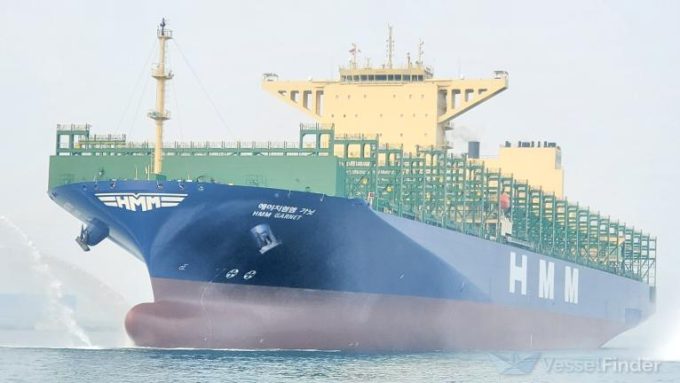De minimis cut won't hurt demand for Chinese ecommerce, but for air cargo?
While most companies are professing ‘uncertainty’ over the potential impact of the closure of the ...

As anticipated, containership deployment trends in the first half of 2024 have been dictated by the situation in the Red Sea. The initial increase in deployment on main lane routes ex-East Asia that started in January has continued unabated through the middle of June. Unsurprisingly, the Far East-Europe trades, especially the Far East-Mediterranean route, have seen by far the most significant net capacity injections since the crisis started in November 2023.
Since the end of November 2023, a little over 1.7m ...
$1.5m China-built ship charge would bring return of US port congestion
Carriers warn of cargo disruption due to strikes at Munich Airport
Business calls for end to French port strikes, but unions plan more
Carriers put on a brave face amid further decline in ocean spot rates
MSC switches bigger box ships to higher-paying trades in 'landmark' move
'Think again' call – China ship fee would double US export costs
Expect a shift in airfreight market as ecommerce changes tack


Comment on this article